Species Photo Gallery for Polyamia obtecta No Common Name 17 |
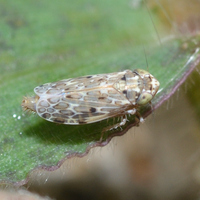 | Photo by: Margarita Lankford
Dare Co.
Comment: https://www.inaturalist.org/observations/61212119 | 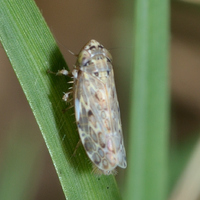 | Photo by: Margarita Lankford
Dare Co.
Comment: https://www.inaturalist.org/observations/61163302 |
 | Photo by: Margarita Lankford
Dare Co.
Comment: https://www.inaturalist.org/observations/61163302 | 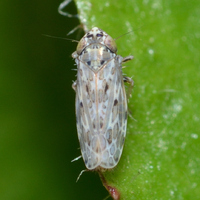 | Photo by: Margarita Lankford
Dare Co.
Comment: https://www.inaturalist.org/observations/61163312 |
 | Photo by: Margarita Lankford
Dare Co.
Comment: https://www.inaturalist.org/observations/61163318 | 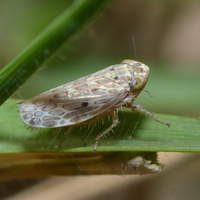 | Photo by: Margarita Lankford
Dare Co.
Comment: https://www.inaturalist.org/observations/61163318 |
 | Photo by: Margarita Lankford
Dare Co.
Comment: https://www.inaturalist.org/observations/61163318 | 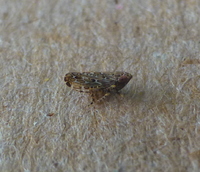 | Photo by: F. Williams, S. Williams
Gates Co.
Comment: MEMI |
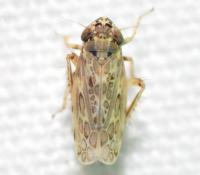 | Photo by: Kyle Kittelberger, Brian Bockhahn
Cumberland Co.
Comment: attracted at night with a light | 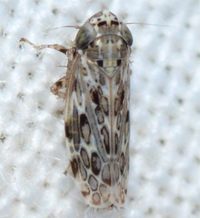 | Photo by: Kyle Kittelberger, Paul Scharf
Dare Co.
Comment: grassy, brushy habitat |
 | Photo by: Paul Scharf
Warren Co.
Comment: Caught sweeping | 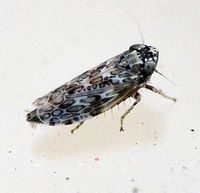 | Photo by: Paul Scharf
Warren Co.
Comment: Caught sweeping |
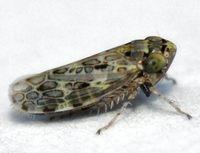 | Photo by: Kyle Kittelberger, Brian Bockhahn
Wake Co.
Comment: grassy, field-type habitat | 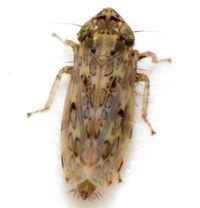 | Photo by: Kyle Kittelberger, Brian Bockhahn, Paul Scharf
Vance Co.
Comment: Field/forest edge habitat |
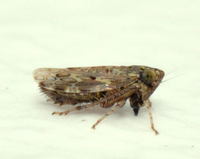 | Photo by: Kyle Kittelberger, Brian Bockhahn, Paul Scharf
Vance Co.
Comment: Field/forest edge habitat |  | Photo by: Kyle Kittelberger, Brian Bockhahn, Paul Scharf
Vance Co.
Comment: Field/forest edge habitat |
 | Photo by: Kyle Kittelberger, Brian Bockhahn
Wake Co.
Comment: grassy, field-type habitat |

 »
»


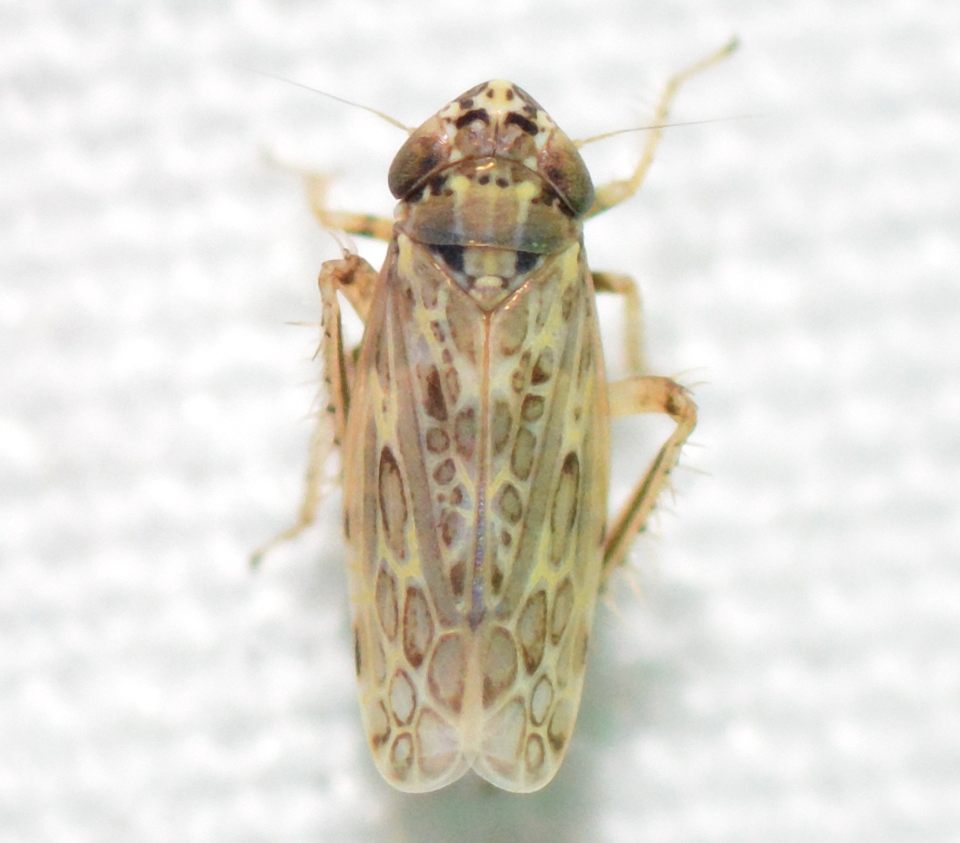

 »
»


